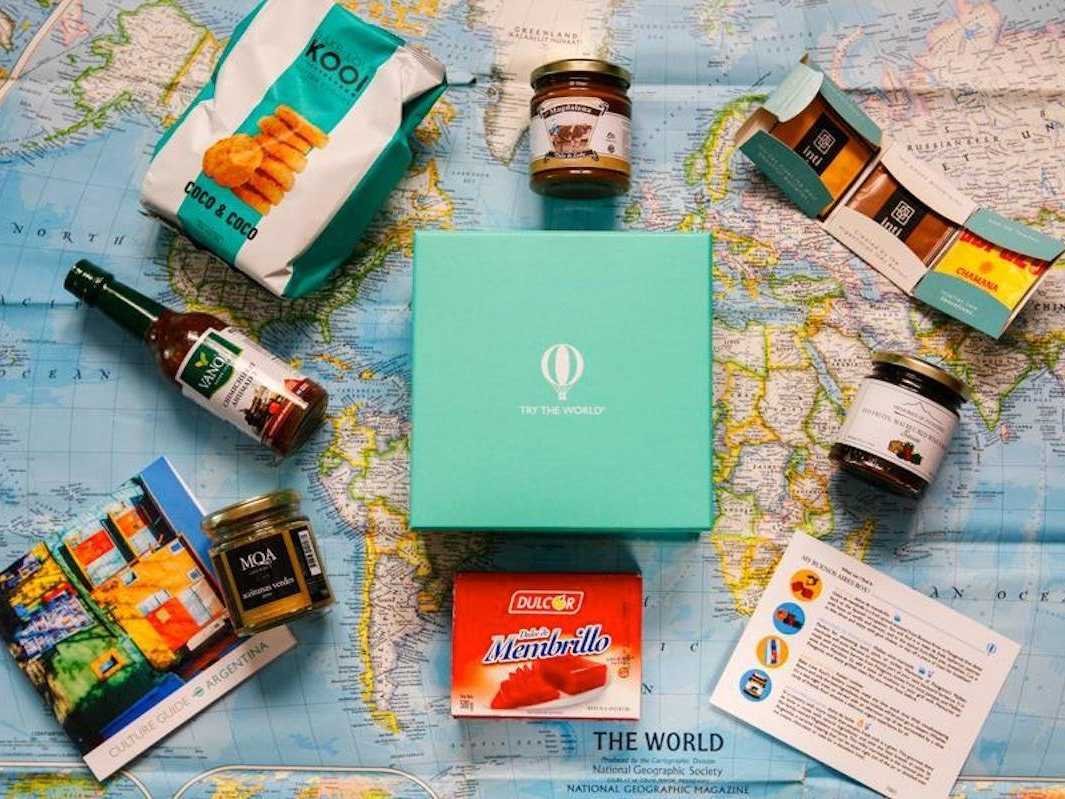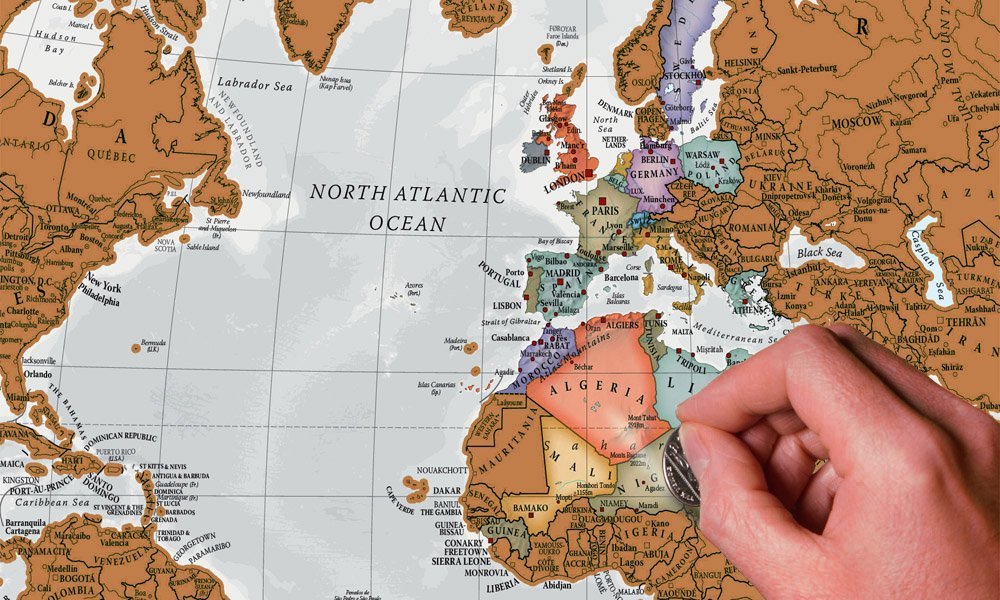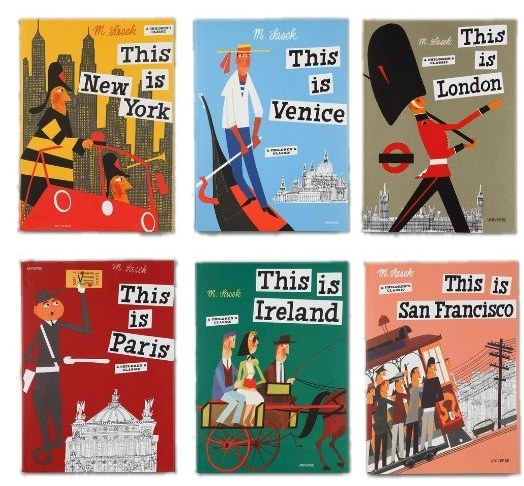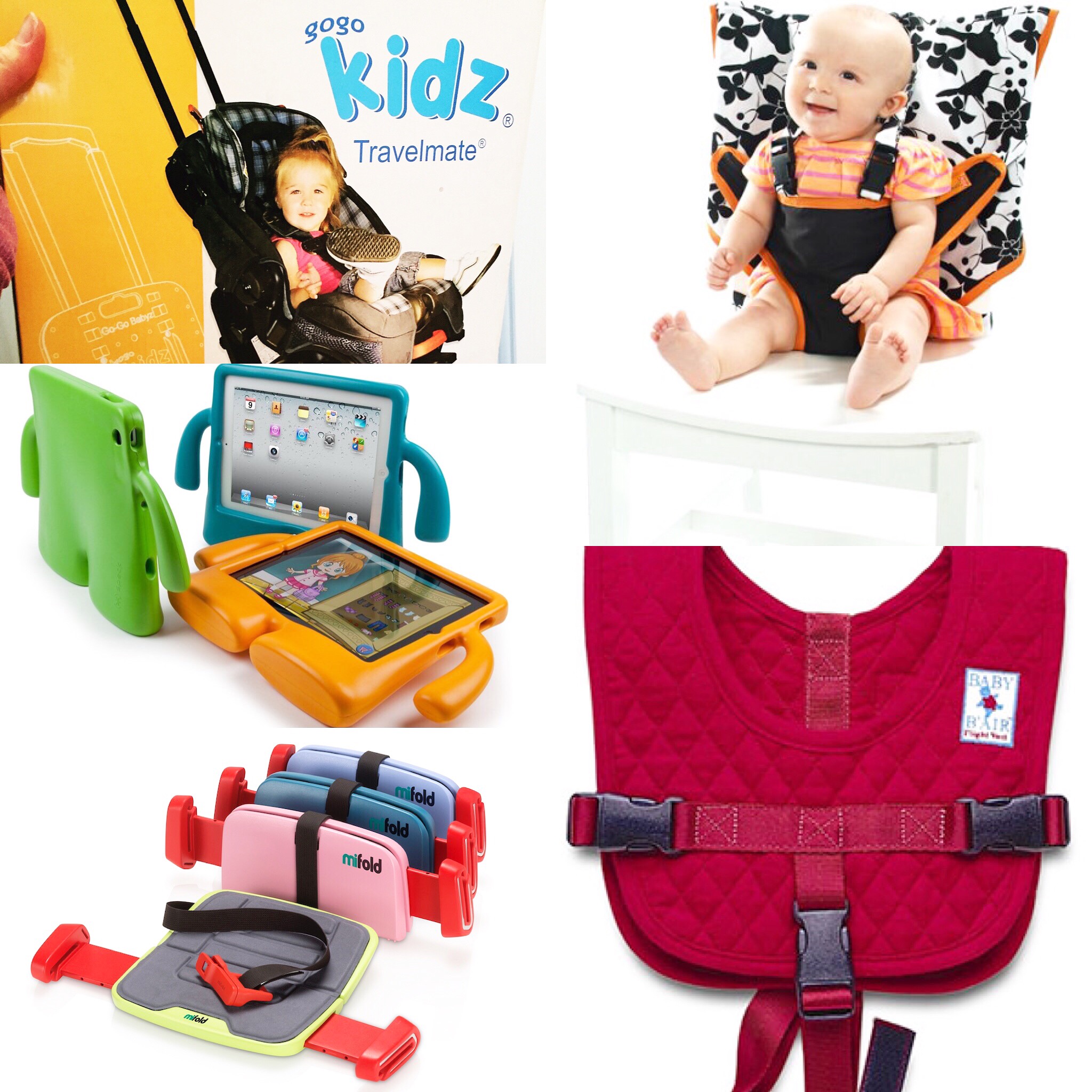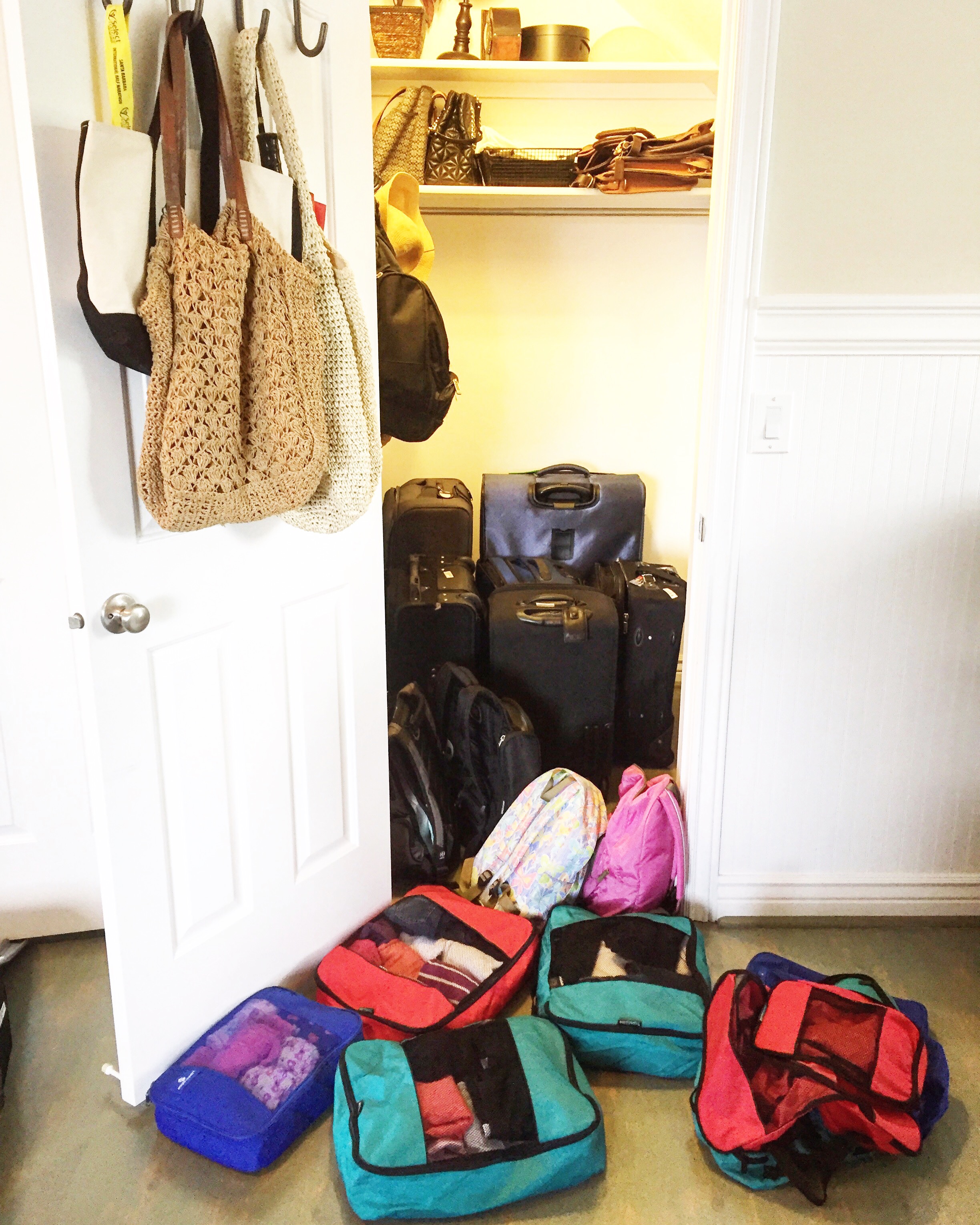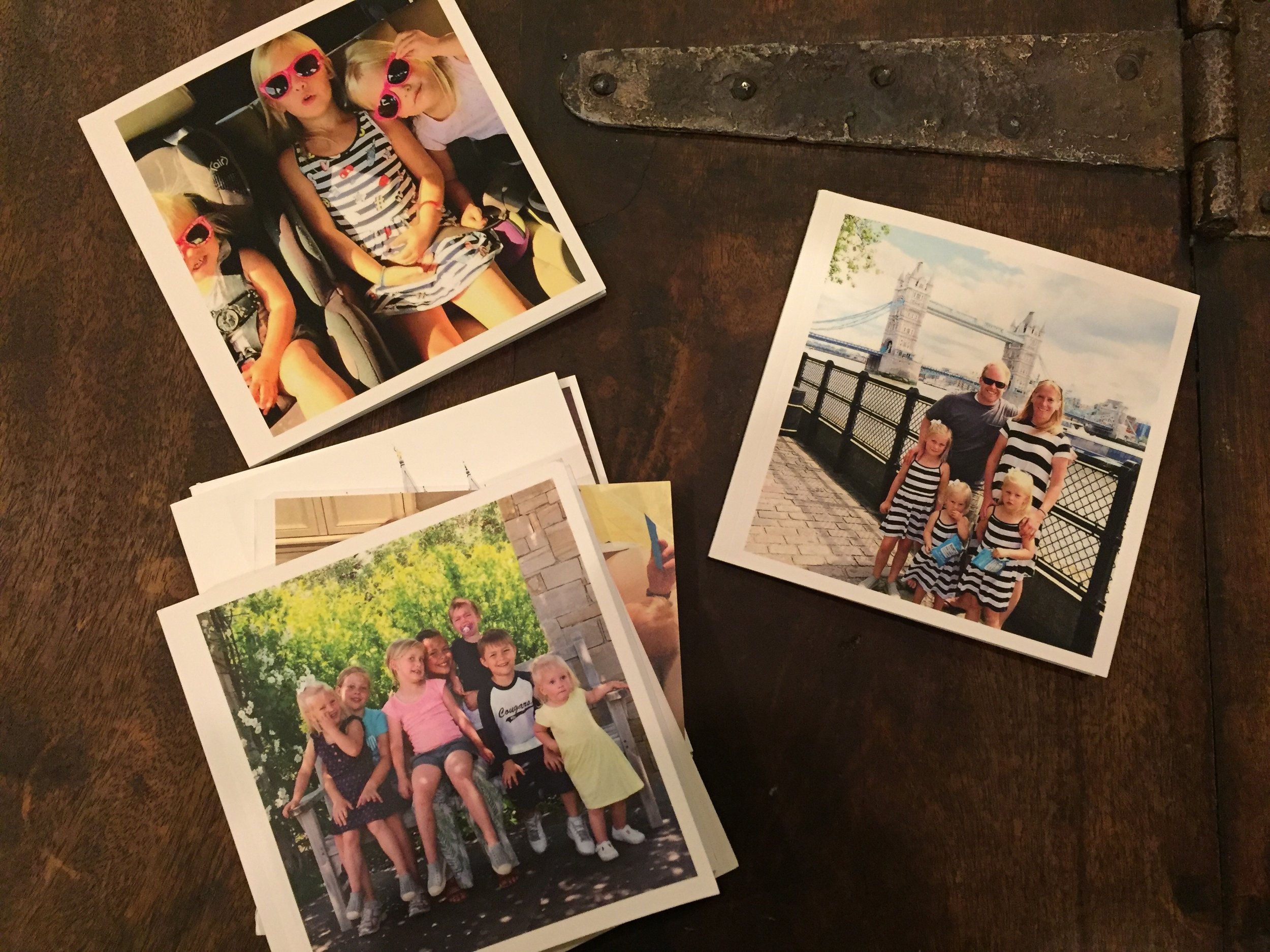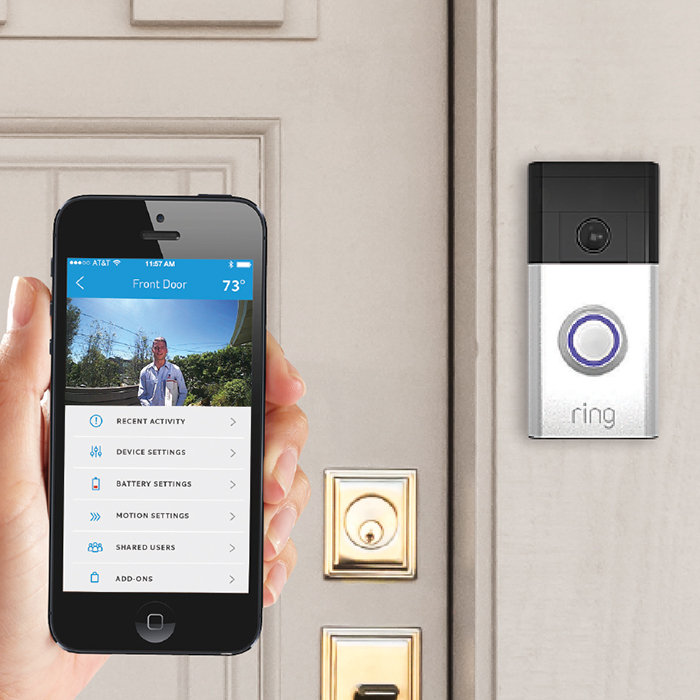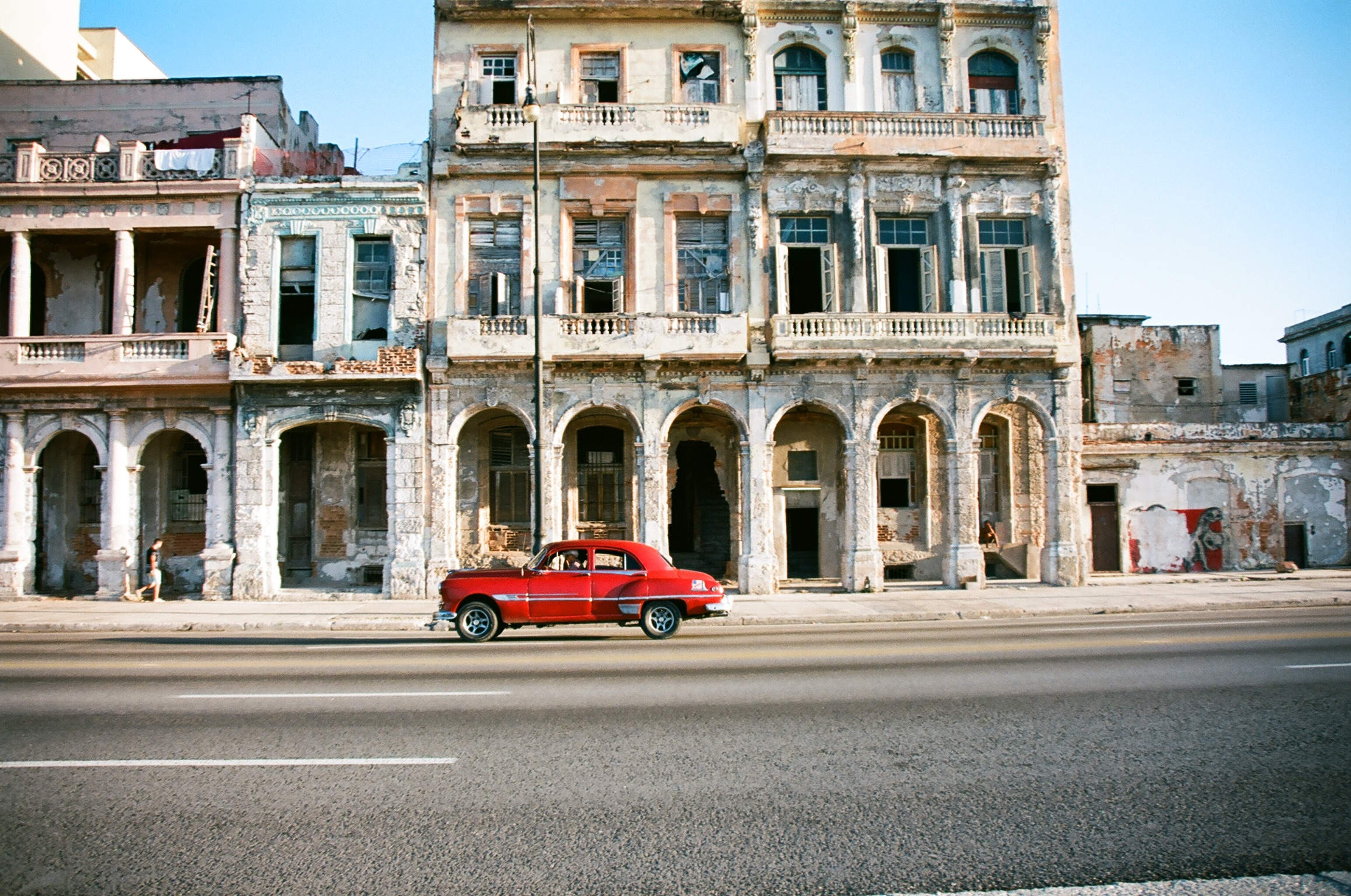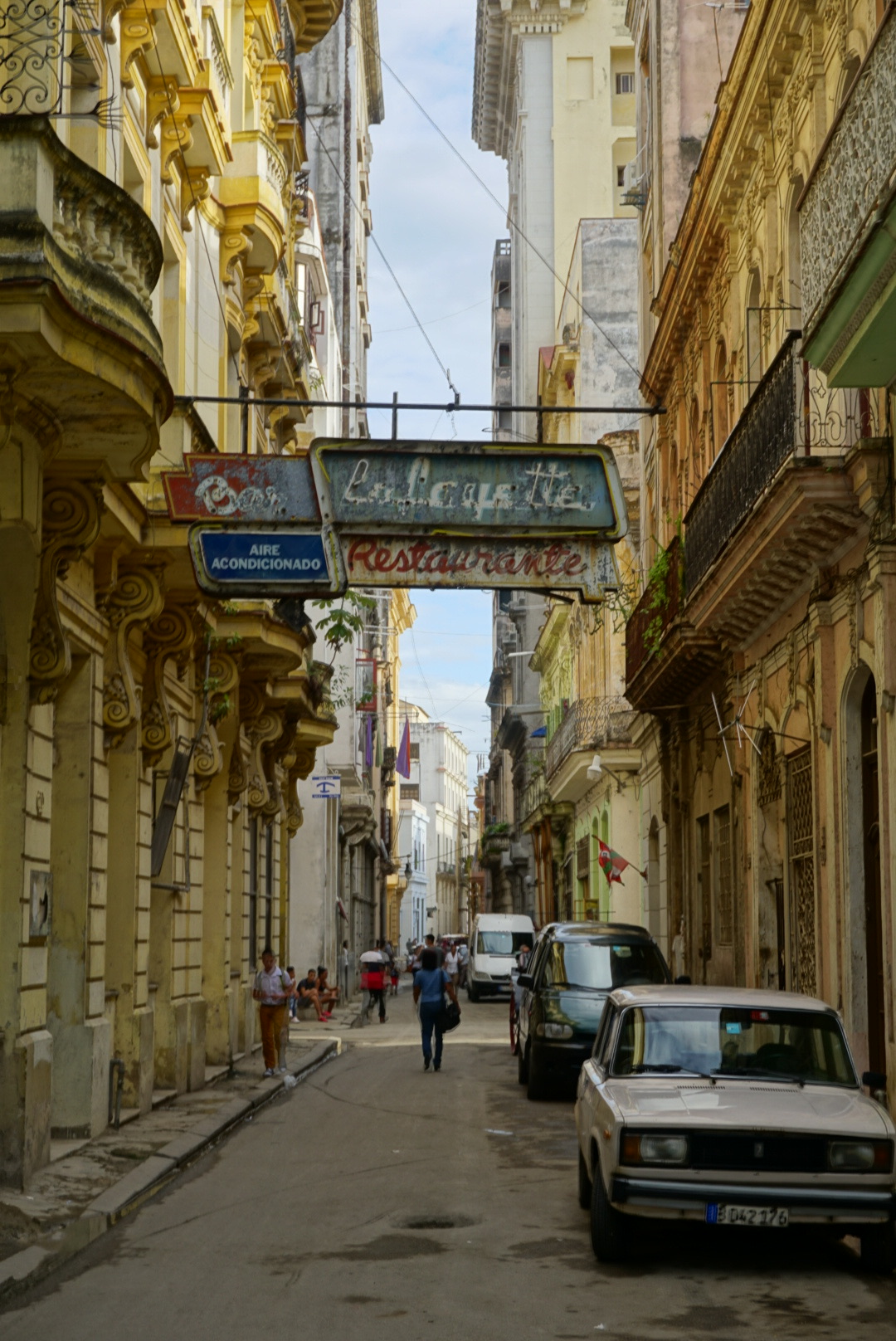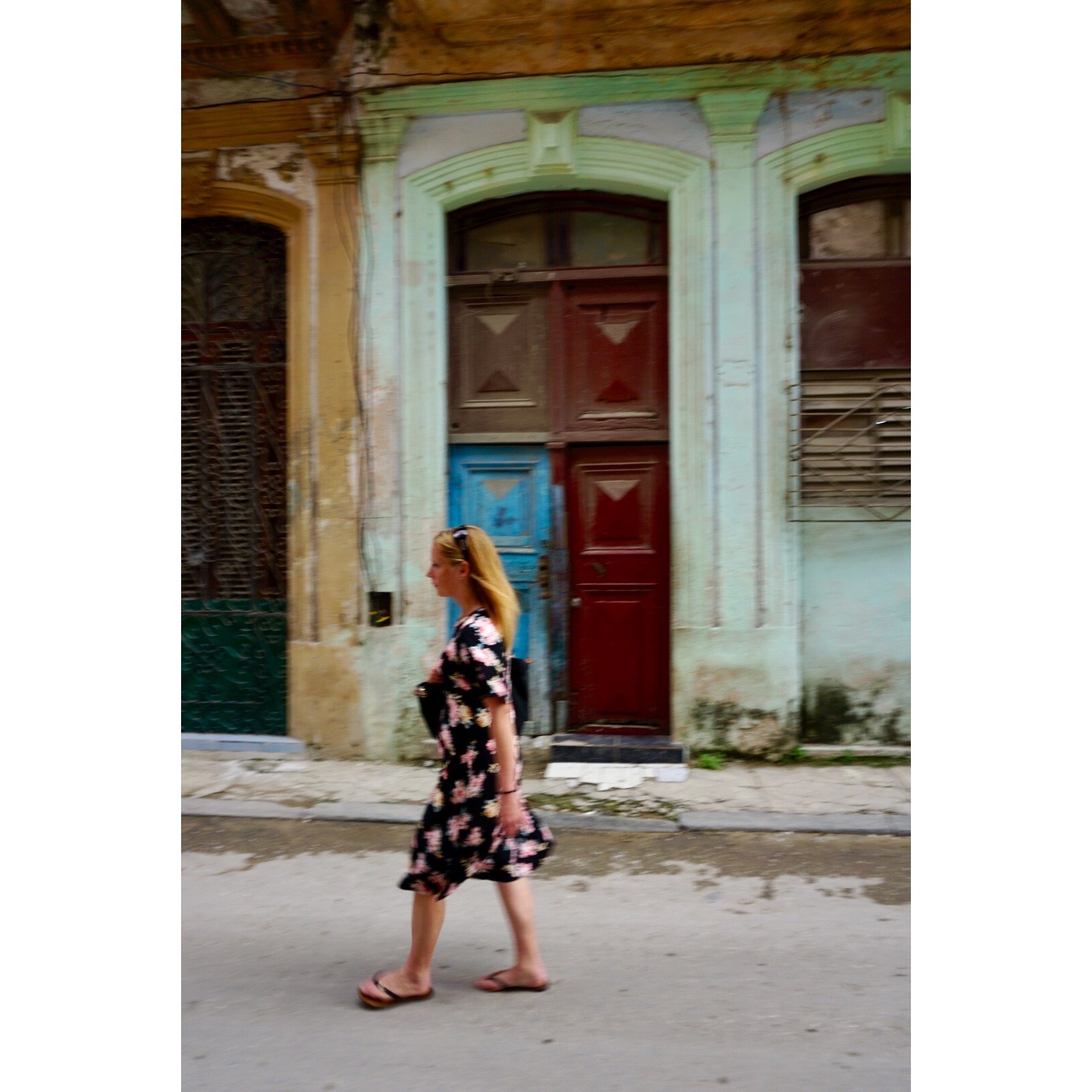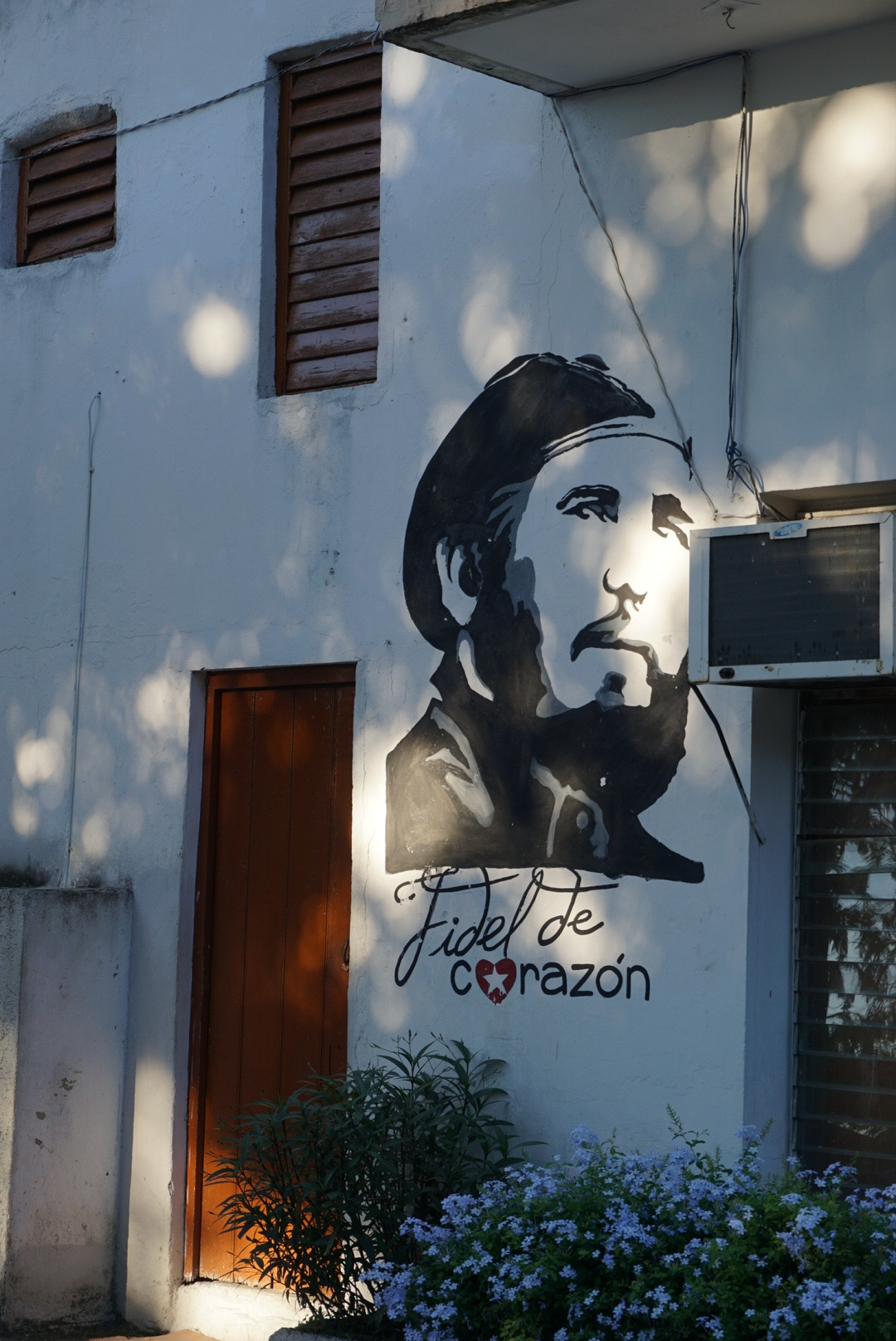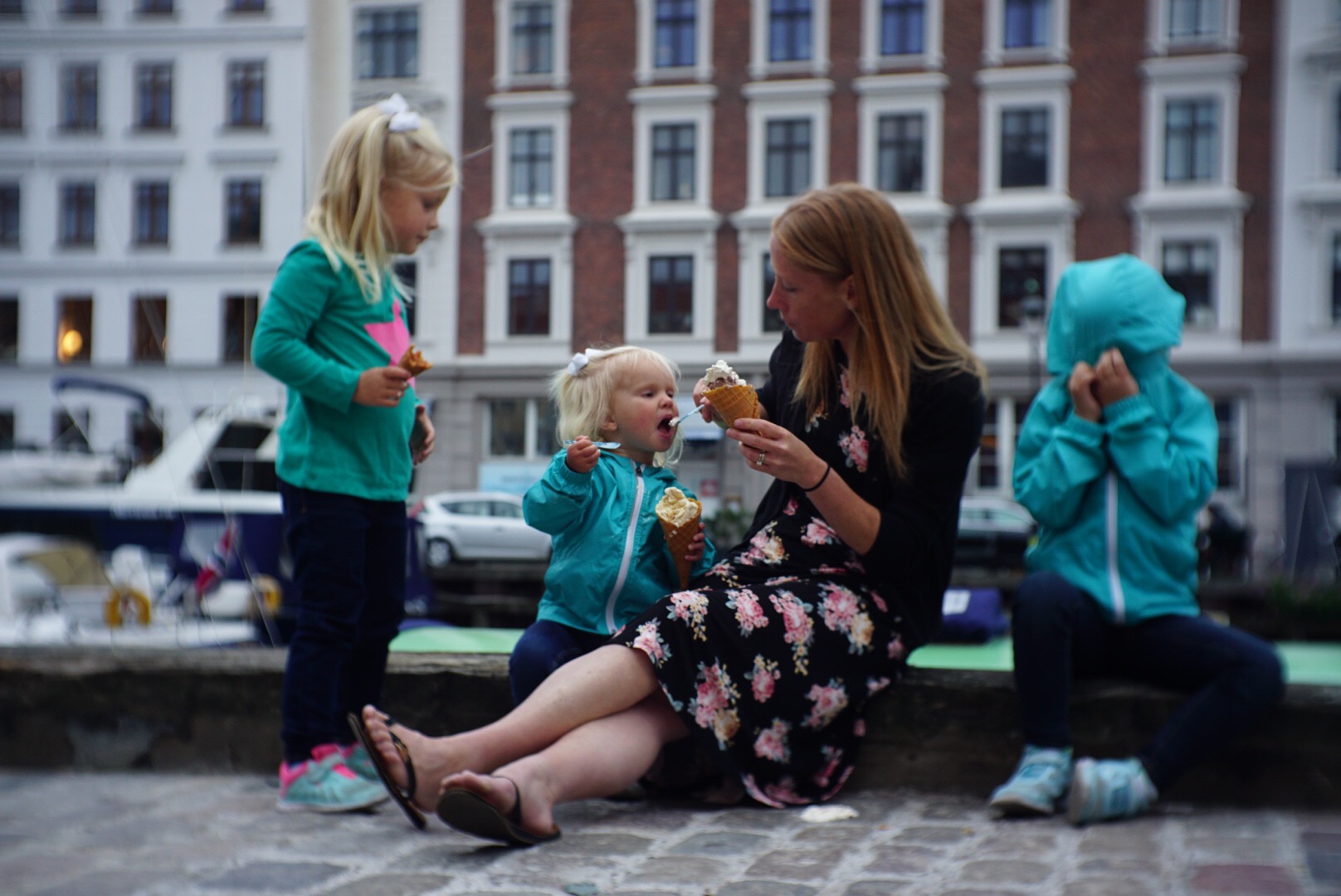Almost everyone has someone in their family who loves to travel -- or wishes they traveled more. So, for this holiday season, we've got some ideas for you. Most of our gift ideas would be great for families but they could definitely work for anyone you know who likes to travel. We've tried to include a few ideas that are simple and easy and then a few ideas that might require a little bit more thought. We'd love to hear what your favorite travel-themed gifts have been over the years.
1. Try the World subscription box. One of our favorite gifts last year was a Try the World subscription box. This subscription box gives you the opportunity to discover the world through food. Every month you receive a themed box with a selection of curated foods. You also get tips on how to recreate a cultural experience at home. So far our girls have loved trying the variety of foods from Argentina, Brazil, Japan, France, and Italy. There are a variety of gift options you can pick from.
2. Scratch off World Map. This is on our personal "want" list because it is a fun and interactive way for our family to see which countries we have visited while also learning more about geography and the world. We love to pull out maps and discuss where we are traveling next, so this way we could also scratch off countries as we visit them.
3. Travel Books or Magazine subscriptions. We can't even begin to tell you all of our favorite travel books. We do post about some of them on our Instagram account every once in a while. Some of our favorite travel series are the Lonely Planet books for kids. You could also gift a subscription to National Geographic Kids or Time for Kids. Another idea might be to buy children's books about countries or cities that you know a family is traveling to. For example, for our younger kids we've loved the "Madeline" book series and the M. Sasek "This Is" book series.
4. Travel accessories. Almost everyone can use new travel accessories and they are especially great stocking stuffers. Think headphones, eye masks, toiletry kits, passport holders, luggage scales, stroller/car seat bags, luggage tags, etc. You really can't go wrong with any kind of big or little travel accessory because these kinds of things usually get worn out over time. Some bigger travel accessories for families might include travel booster seats, travel highchairs, strollers, a portable crib, baby carriers, etc.
5. Packing Cubes. If you follow us on Instagram you know that our packing cubes have been life changing. It is so much easier to pack and unpack when you use packing cubes. We used packing cubes on our Europe trip this summer as we hopped around to four different cities in three weeks and they made me actually enjoy (gasp!) packing. We especially love our TravelWise packing cubes and if you are new to packing cubes we'd recommend checking out the 5 piece weekender set that they sell on Amazon (it is usually a pretty good deal).
6. The Gift of an Experience or a Class. For the family that has everything, or for families who don't want to accumulate too much stuff, you can give the gift of experience. A few years ago my brother and his wife signed me and my husband up for a chocolate tasting class at Tony Caputo's in Salt Lake City. Caputo's offers the largest selection of premium chocolate in the United States. We learned about chocolates from around the world and got to taste them. It was an awesome experience. Some other ideas might be: a museum pass, zoo pass, subway or train tickets, tickets to a local show or event, airplane mileage, etc.
7. Travel games for the whole family. This is one of the simplest gifts you can give any travel family -- games! You can find travel size games at any big box store or online. Some of our favorites are UNO, Monopoly, Connect Four, Battleship, checkers, and just regular old playing cards. We even have a jumbo checkerboard that folds up easily that we like to travel with.
8. Boogie Boards. Last Christmas our kids received LCD writing tablets from their grandparents. My kids use these tablets on the airplane, road trips, at church, and in restaurants -- basically everywhere. These tablets let them use their imagination to write and draw and they are small and portable. If you do buy these for a friend, pick up an extra pen or two because they sometimes get lost...
9. Chatbooks subscription. Most people who travel also like to keep track of the memories they are making. We post a lot of pictures to Facebook and Instagram of our adventures. But, we also like to keep a photo album of our travels. Since we don't have the patience or time to create and design our on photo books, we've relied heavily on Chatbooks. Chatbooks is a subscription service that helps you create photo books automatically from your Instagram feed and you can also upload additional images from Facebook or your camera. For $8 per book, we think it is an amazing deal. So far we are on volume 56 of our Chatbooks. Our kids like to regularly pull out our stack of books and glance through them to re-live our trips and memories.
10. Ring Doorbell. For any tech-obsessed travel families, you should check out the Ring doorbell. This doorbell basically lets you answer your door from anywhere using your Smart Phone. It has wide angled HD video, smart motion detection, and cloud recording. They say, "it’s like you’re home even when you’re not". So if you travel a lot, you might want to add this to your Christmas wish list asap.
Did we miss anything you have on your Christmas wish list? Have you given any amazing gifts in the past to travel families? We'd love to hear your ideas.


